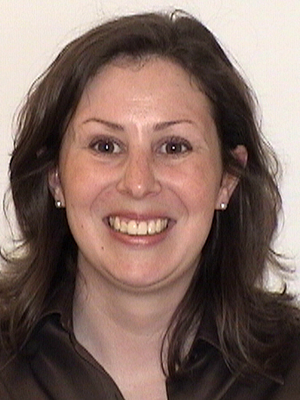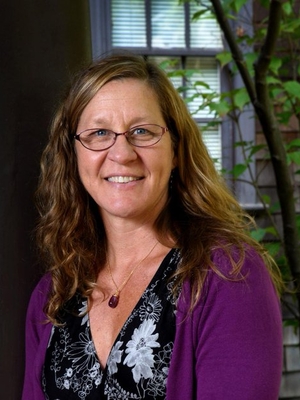Safety Net Use
Leaders: Mark Duggan, Hilary Hoynes, Karen Jusko
The Safety Net RG is devoted to monitoring changes in government transfers and anti-poverty programs and assessing whether they are meeting the needs of the poor. The U.S. safety net is undergoing such changes as (a) an ongoing decline in TANF cash benefits, (b) rapid increases in spending on EITC, Medicaid, Disability Insurance, Unemployment Insurance, and SNAP, and (c) a dramatic shift toward spending that favors the “working poor” over the more destitute. The CPI affiliates working within this research group are monitoring these changes, examining their implications for poverty, assessing the effectiveness of key government and nongovernment programs in reducing poverty, and modeling the costs and benefits of possible changes in policy and programs. We’ve provided a sampling here of some of this ongoing research.
Poverty Relief Project: With Kate Weisshaar, Karen Jusko uses the poverty relief ratio to evaluate the effectiveness of anti-poverty programs over time, across states, and across countries. Which state is the least effective in fighting poverty? Has the U.S. become more or less effective over time? These and other questions are answered in our latest State of the Union reports.
Long-run effects of SNAP: Have we underestimated the returns to SNAP by ignoring the long-run effects on children exposed to it in their early childhood? It’s now possible to find out.
California Welfare Laboratory: The poverty rate in California, when measured with the Supplemental Poverty Measure, is the highest in the country. What can be done to bring that rate down? The mission of the California Welfare Laboratory is to make research on California’s welfare programs accessible to all and thus facilitate an informed discussion of what is working and what needs to be improved.
Differential EITC effects: It is often argued that early interventions have especially high payoffs. Are the returns to the EITC indeed larger when it goes to parents with young children?
Disability and poverty: Does the federal government’s disability program reduce labor supply? Although it’s long been difficult to identify a causal effect, Mark Duggan has now found a way.
The effects of TANF: The TANF program is very decentralized and thus takes on dramatically different forms. How can we exploit that variability to find out what’s working?
CPI Collaborators
 |
Marta Tienda |
Professor, Maurice P. During '22 Professor in Demographic Studies; Professor of Sociology and Public Affairs; Director, Program in Latino Studies |
Princeton University |
 |
Michael S. Wald |
Jackson Eli Reynolds Professor of Law, Emeritus, Professor (by courtesy) of Education |
Stanford University |
 |
Laura Wheaton |
Senior Fellow |
Urban Institute |
 |
Chris Wimer |
Co-Director, Center on Poverty and Social Policy |
Columbia University |
 |
Kazuo Yamaguchi |
Ralph Lewis Professor of Sociology; Affiliated Faculty, The Center for East Asian Studies |
University of Chicago |



